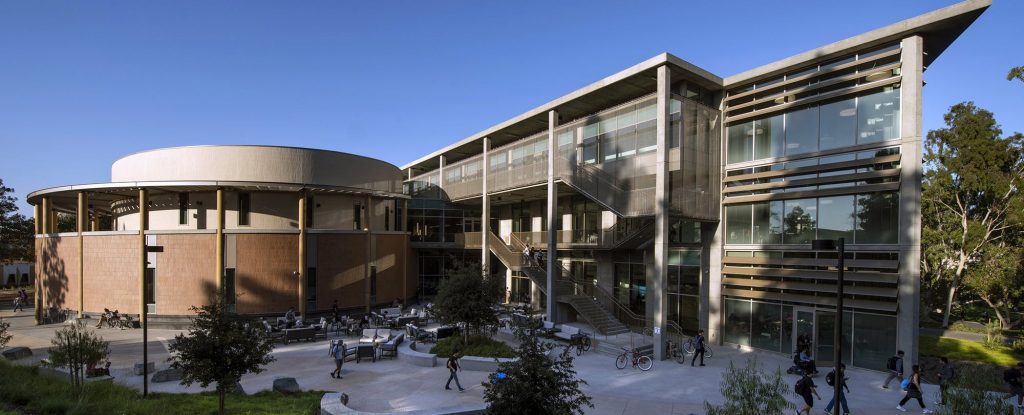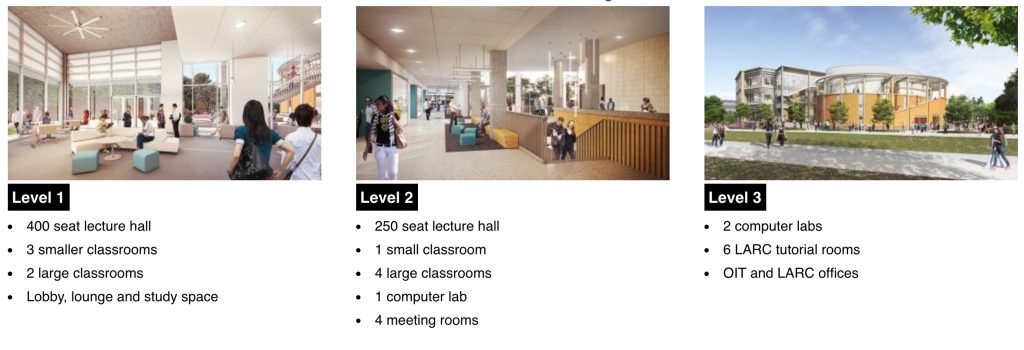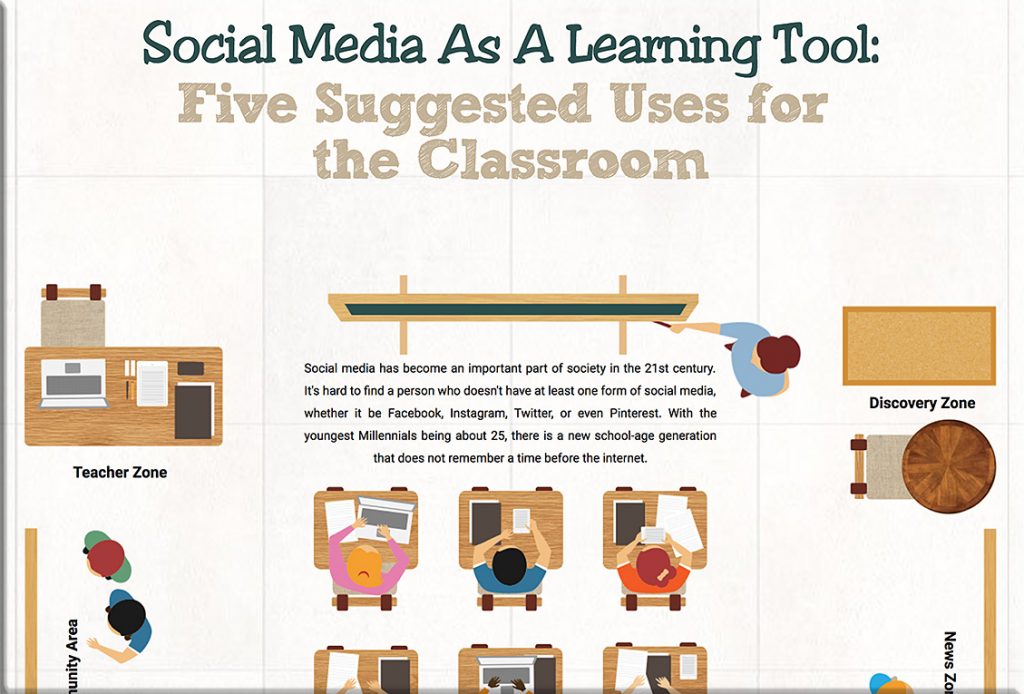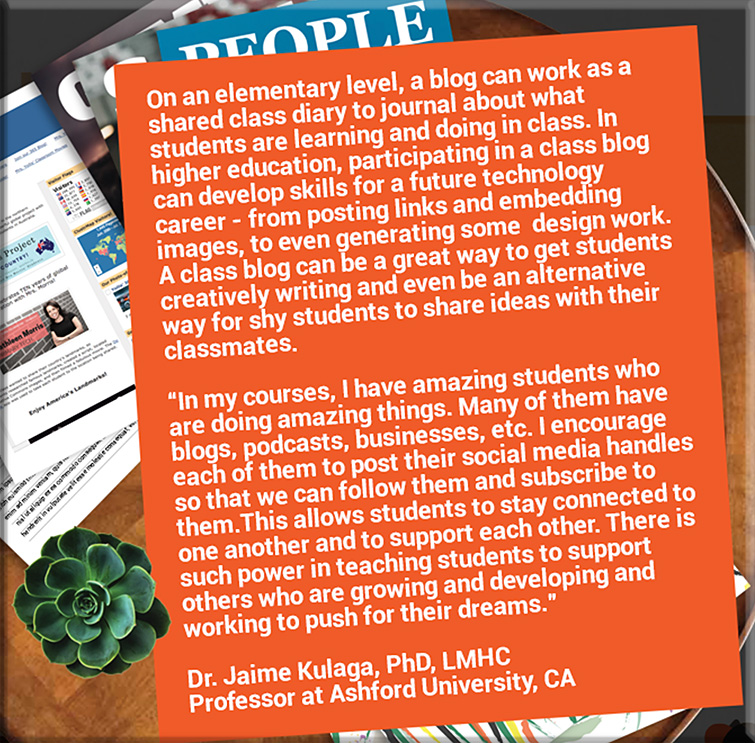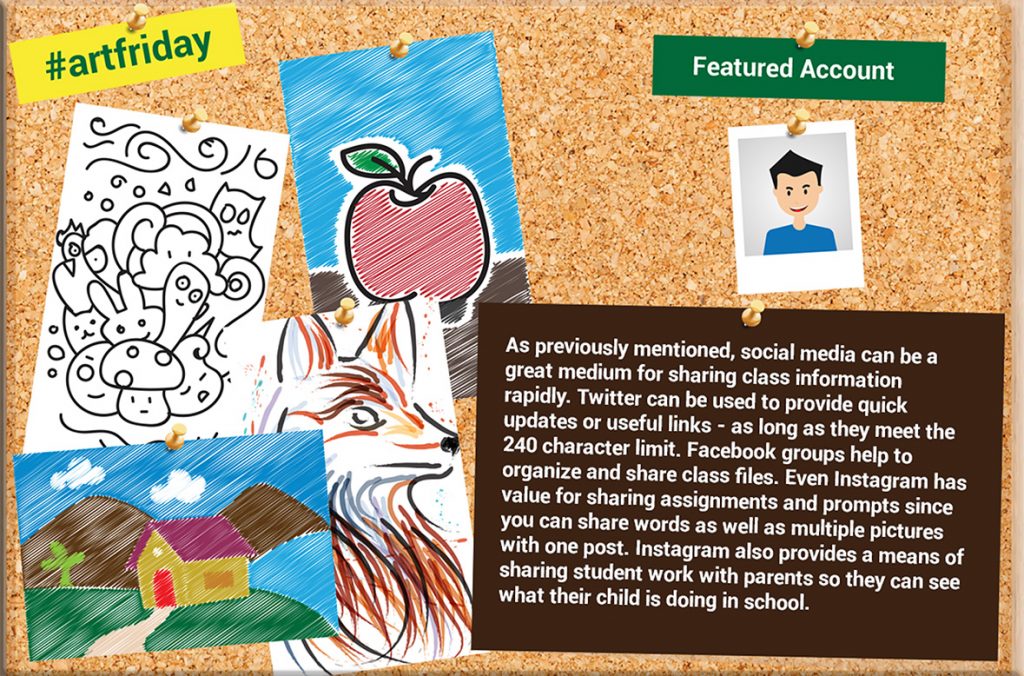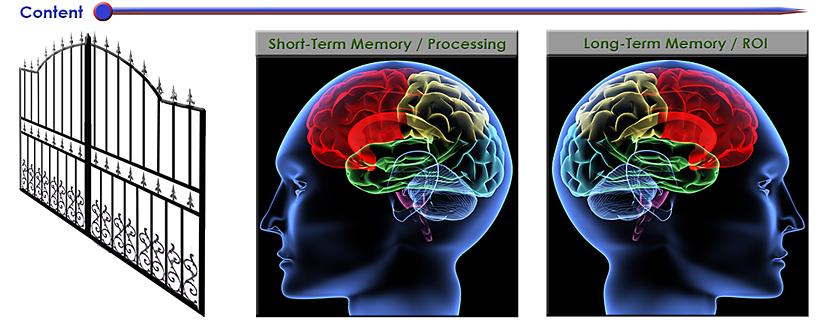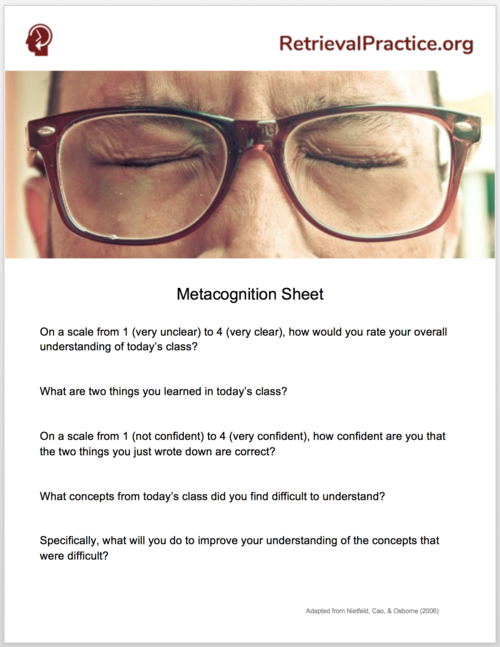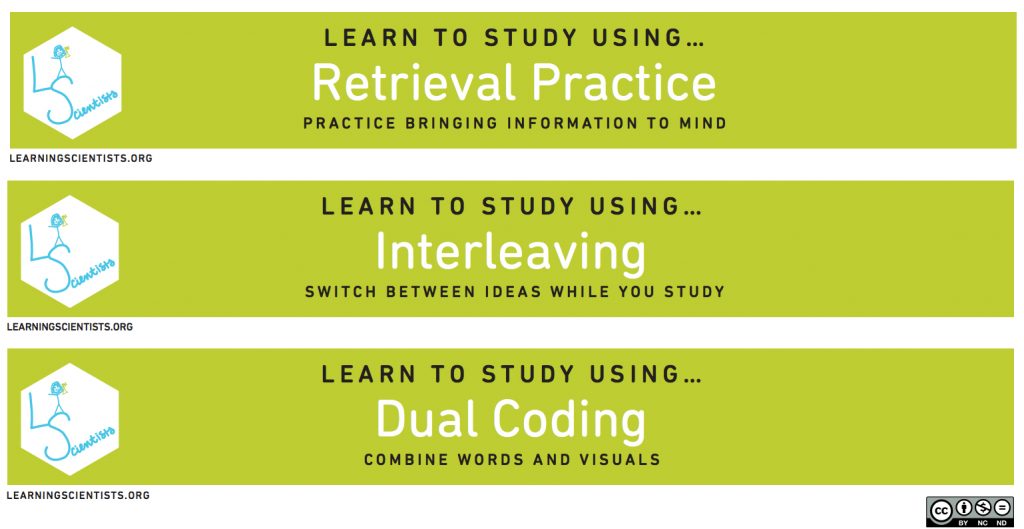How faculty can ‘click’ their way to a more inclusive classroom — from edsurge.com by Kelly Hogan and Viji Sathy
Excerpt:
What do you think is important for an instructor to do when using classroom response systems (polling software or clickers)? Select all that apply.
A) Choose questions that most students will be able to answer correctly.
B) Vary the types of poll questions beyond multiple choice.
C) Ask students “Please discuss your answer with a neighbor.”
D) Stress that students answer questions independent of their peers.
Classroom response systems (CRS) have a mixed reputation. Studies have suggested that these tools, which allow students to respond in real time to questions provided by an instructor, can improve student learning. But other reports show that is not always the case.
Like many education tools, it depends. And in the case of clickers and other classroom polling software, it largely depends on how instructors are using them. If used thoughtfully, we’ve seen that CRSs can help facilitate active learning in a classroom. What’s more, these tools can be used to also facilitate an inclusive classroom.
What do we mean by an inclusive classroom? Faculty risk excluding certain students and impeding their ability to succeed when they aren’t intentional about design and facilitation. Inclusive course design involves more than choosing content; it also requires considering the number of assessments, opportunities for practice, the chances for students to assess their understanding of material, among other attributes.









